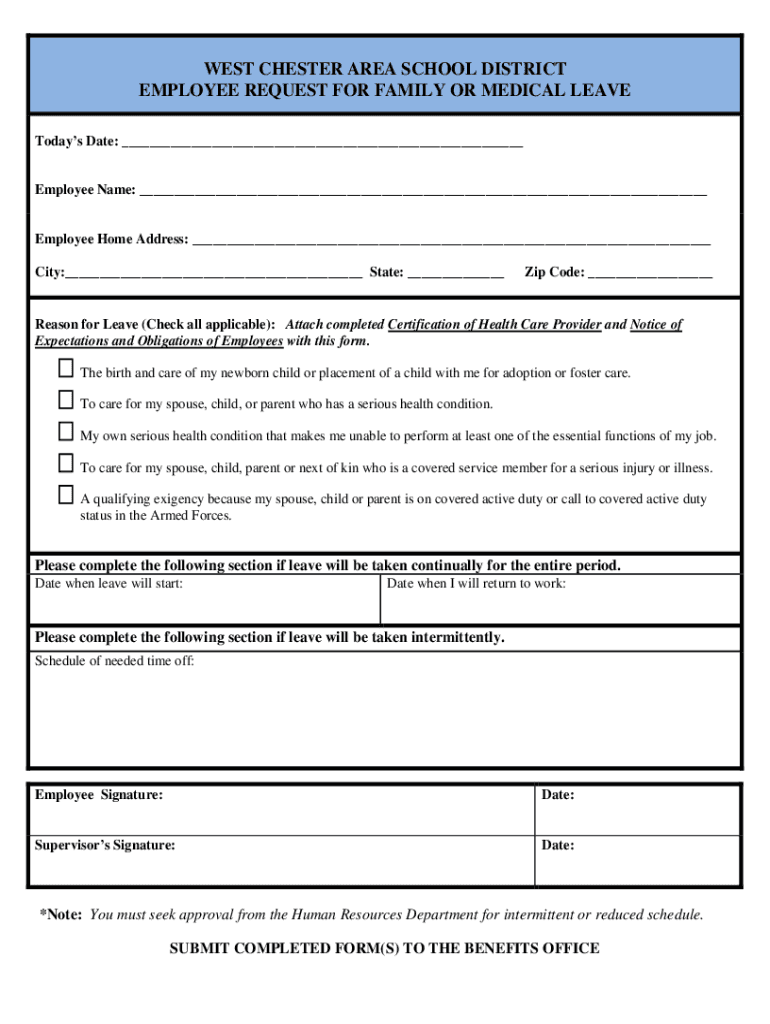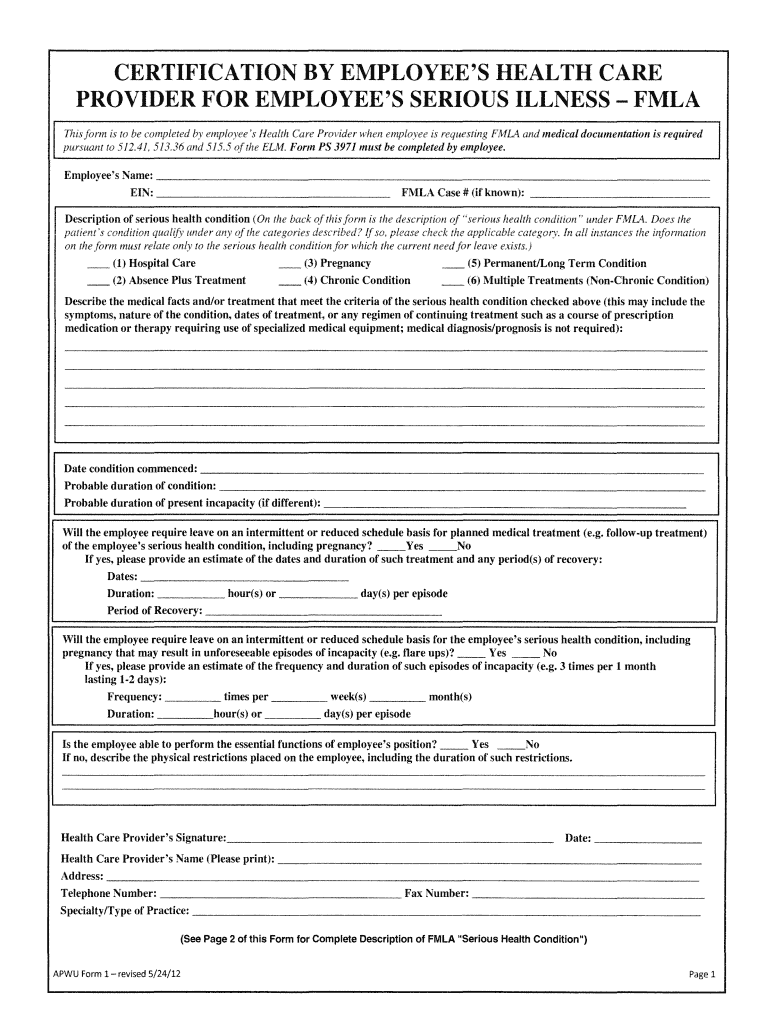Simplify FMLA Paperwork with Coding Techniques

In the labyrinth of human resources management, dealing with the Family and Medical Leave Act (FMLA) can often feel like navigating through a dense jungle without a map. FMLA paperwork is vital for employees seeking leave to manage personal or family health issues, but the process can be overwhelming for both employees and HR professionals. Herein lies the power of automation and coding techniques to simplify this complex task.
Understanding FMLA Paperwork

Before we dive into the code, let’s quickly refresh the basics:
- FMLA allows eligible employees to take up to 12 work weeks of unpaid, job-protected leave in a 12-month period for various family and medical reasons.
- Documentation includes forms like the Notice of Eligibility and Rights & Responsibilities (WH-381), Certification of Health Care Provider (WH-380-E or WH-380-F), and Designation Notice (WH-382).
- HR must review, process, and track these documents meticulously.

Streamlining with Coding

To streamline FMLA paperwork, let’s explore how coding techniques can enhance productivity and accuracy:
1. Automate Document Generation

Automating the generation of FMLA forms can save time:
- Use templates in coding languages like Python or JavaScript to pre-fill common data like employee details, date ranges, etc.
- Frameworks like Apache POI or libraries like Docx4J for Java can be utilized to manipulate Word documents.
import docx
from datetime import datetime
def generate_FMLA_form(employee_name, leave_start, leave_end):
doc = docx.Document('FMLA_Template.docx')
for paragraph in doc.paragraphs:
if 'Employee Name' in paragraph.text:
paragraph.text = paragraph.text.replace('Employee Name', employee_name)
if 'Leave Start Date' in paragraph.text:
paragraph.text = paragraph.text.replace('Leave Start Date', leave_start.strftime('%m/%d/%Y'))
if 'Leave End Date' in paragraph.text:
paragraph.text = paragraph.text.replace('Leave End Date', leave_end.strftime('%m/%d/%Y'))
doc.save('FMLA_Designation_Notice_{}.docx'.format(employee_name))
📝 Note: Ensure that employee privacy is maintained by using secure methods to handle personal data.
2. Tracking and Managing FMLA Leave

Develop a system to track leave:
- Use databases like SQL or NoSQL to log and track leave balances, dates, and types.
- Create a user interface for HR staff to manage leave requests, using frameworks like React or Vue.js.
| Function | Use Case |
|---|---|
| Create Leave Request | Employees submit their FMLA leave requests online |
| Check Leave Balance | HR can view the remaining leave an employee is entitled to |
| Process Leave Approval | Automate the approval or rejection of leave requests |
| Generate Reports | Produce summary reports for auditing or HR analysis |

3. Notification and Reminders

Set up automated emails and reminders:
- Send notifications for due dates, upcoming deadlines, or required follow-up actions.
- Use cron jobs or task scheduling services to automate these tasks.
const nodemailer = require('nodemailer');
function sendReminder(employeeEmail, reminderMessage) {
let transporter = nodemailer.createTransport({
service: 'Gmail',
auth: {
user: 'your-email@gmail.com',
pass: 'your-password'
}
});
let mailOptions = {
from: 'your-email@gmail.com',
to: employeeEmail,
subject: 'FMLA Reminder',
text: reminderMessage
};
transporter.sendMail(mailOptions, (error, info) => {
if (error) {
console.log('Error:', error);
} else {
console.log('Email sent:', info.response);
}
});
}
sendReminder('employee@example.com', 'Your FMLA leave documentation is due in 10 days.');
4. Data Validation

Automate the validation of the submitted documents:
- Validate dates to ensure they fall within the allowable period.
- Check the authenticity and completeness of submitted medical certifications.
📝 Note: Implement robust security measures to protect sensitive information and ensure compliance with privacy regulations.
5. Compliance Monitoring

Automate compliance checks:
- Track changes in FMLA laws and adjust automated processes accordingly.
- Ensure that all notices and documentation comply with current regulations.
📝 Note: Always keep up-to-date with the latest FMLA regulations to ensure compliance.
Summing Up

By employing coding techniques to automate and streamline FMLA paperwork, HR departments can transform a traditionally time-consuming and error-prone process into a seamless operation. From generating documents to tracking leave and ensuring compliance, coding not only saves time but also reduces human error, leading to better HR management and employee satisfaction. The integration of modern technology into HR processes exemplifies how digital transformation can enhance organizational efficiency.
What makes automating FMLA paperwork with coding advantageous?

+
Automating FMLA paperwork reduces errors, saves time, ensures compliance, and improves data management and analysis.
How do I ensure the security of employee data during automation?

+
Implement secure coding practices, encrypt data, use secure APIs, and adhere to data protection laws like GDPR or HIPAA.
Can small businesses benefit from automating FMLA paperwork?

+
Yes, automating FMLA paperwork can streamline processes, even for smaller HR departments, reducing administrative burden and increasing accuracy.
What programming skills are needed to automate FMLA paperwork?

+
Basic understanding of languages like Python or JavaScript, knowledge of APIs for document manipulation, and familiarity with databases are beneficial.



